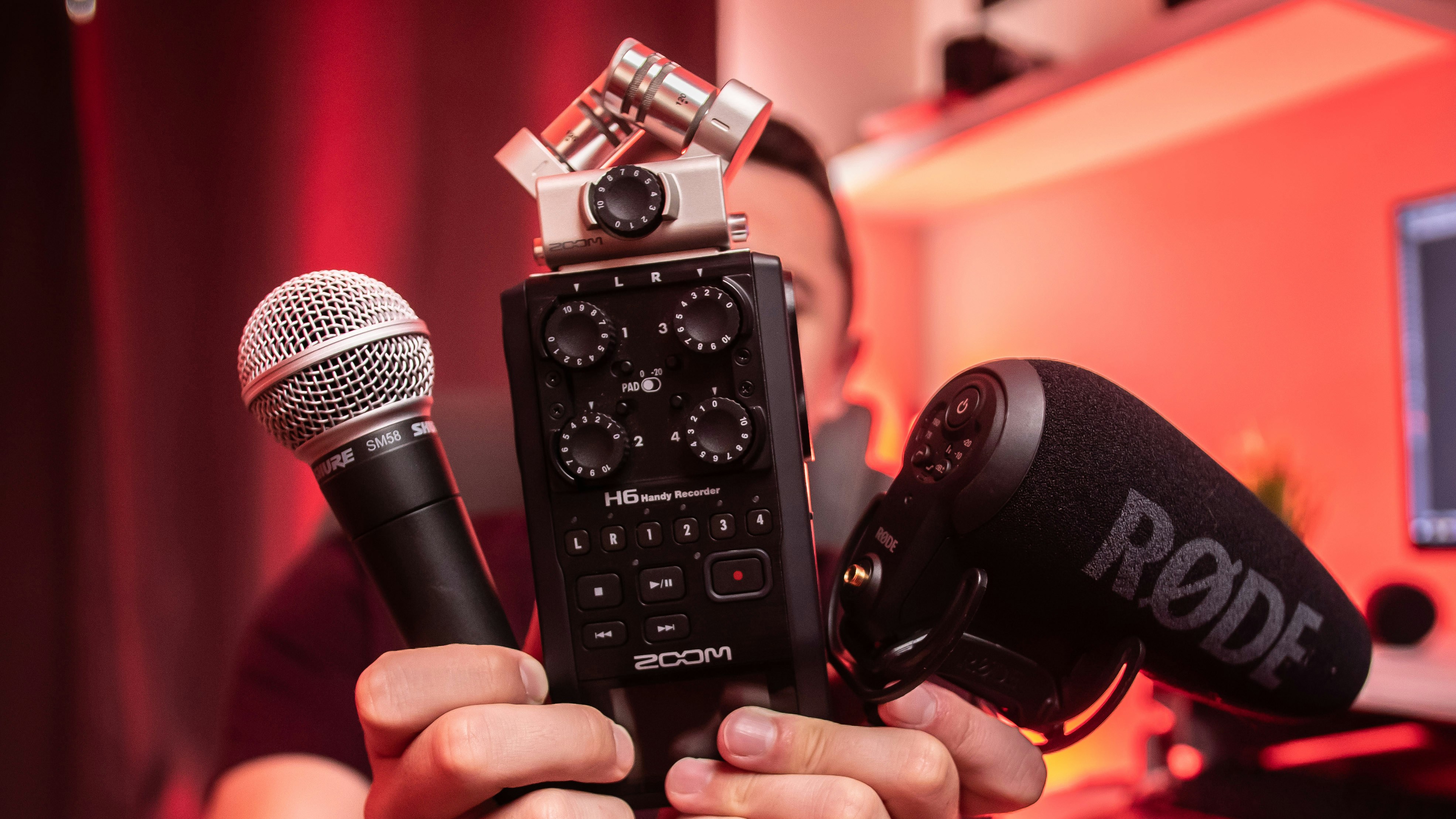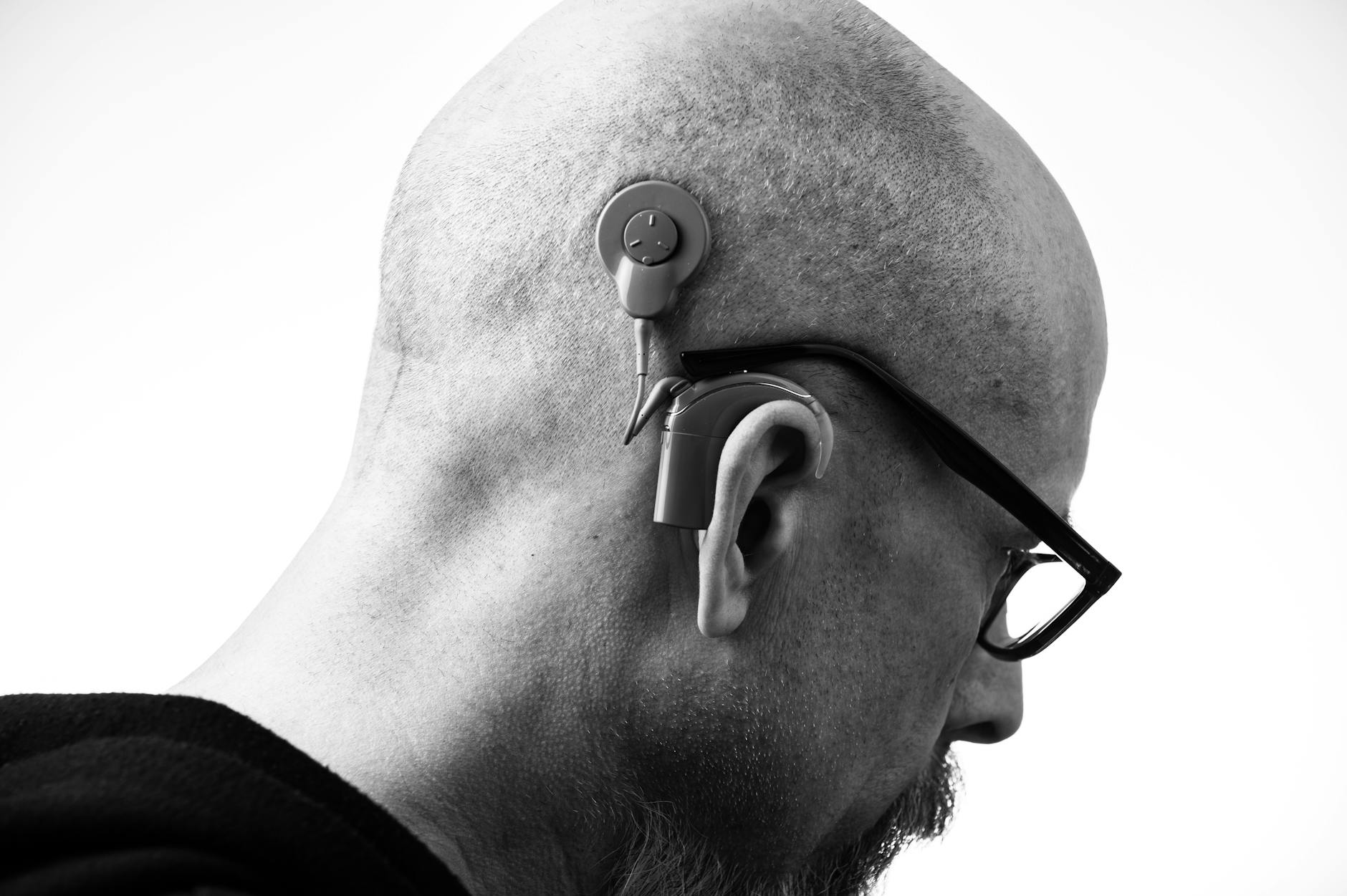You’re nodding, smiling, guessing—and exhausted. Great hearing aids still hit a wall in loud places because physics loves noise more than we do. The fix isn’t louder. It’s closer. Remote microphones and digital modulation (DM) systems move the microphone to the talker, not your ear—so the voice gets a VIP lane straight into your hearing aids.
Why noise wins—and how remote mics flip the script
Even premium hearing aids struggle when the talker is far away and the room is lively. Here’s the un-fun science in one sip:
- Distance is deadly for speech. Every time you double the distance from the mouth, direct speech level drops sharply while room noise hangs around.
- Directionality helps but not enough. On-ear microphones can only do so much when the person you care about is a few feet away and the espresso machine is basically in your lap.
- The real lever is signal-to-noise ratio (SNR). Better SNR means clearer words. The simplest way to boost SNR is to put the mic near the mouth you want to hear.
A remote microphone does exactly that: it listens up close, then streams that cleaner voice straight into your hearing aids.
What is a remote mic or DM system, exactly?
Think of it as a tiny, smart walkie-talkie for speech:
- Transmitter: a small mic worn by your conversation partner or placed on a table. It captures speech up close and does noise reduction/beamforming.
- Receiver: your hearing aids (often acting as the receiver), a plug-in shoe, or a streamer that talks to your aids.
- Link: a wireless connection—Bluetooth, proprietary digital modulation (e.g., Roger), or sometimes a telecoil loop. Low-latency links keep lips and words in sync.
The result: a cleaner, stronger voice in your ears while room noise gets demoted to background.
Meet the mic families (and where they shine)
Clip-on / lapel mics
Best for one-on-one chats in noise—restaurants, walks, grocery runs.
- How it’s used: Clip to a partner’s collar or lanyard, about 6–8 inches from the mouth.
- Pros: Superb SNR for that one talker; discreet; simple.
- Watch-outs: Clothing rub “shush,” hair/jewelry taps; needs consent and a little etiquette.
Table / conference mics
Born for group meals, meetings, and card nights.
- How it’s used: Place in the center of the table. Many have multiple beamforming microphones that auto-focus on the active speaker.
- Pros: Hands-free; smarter speaker targeting; wider pickup.
- Watch-outs: Picks up utensil clatter if too close; needs good placement.
Pen / pointer mics
Part clip-on, part hand-held pointer—great for moving conversations.
- How it’s used: Point toward a talker, or wear it as a lapel; some have modes for table use.
- Pros: Flexible; intuitive “aim to hear.”
- Watch-outs: You’ll need a free hand; practice helps.
Multi-talker networks (DM)
Classrooms, seminars, and big family gatherings.
- How it’s used: Multiple small mics worn by several people; the system automatically mixes who’s speaking.
- Pros: Seamless handoffs; scalable to groups.
- Watch-outs: Higher cost and setup; brand ecosystems matter.
Phone-as-mic (the DIY starter)
iPhone Live Listen, Live Captions, or Android Sound Amplifier can turn a smartphone (or paired accessory) into a makeshift remote mic.
- Pros: Free or low-cost; quick to test the concept.
- Watch-outs: More latency; not optimized for beamforming; microphones aren’t as directional; battery drains fast.
How they connect to your hearing aids
Compatibility is the make-or-break detail. Common pathways:
- Proprietary DM (e.g., Roger): Famous for robustness in noise and distance. Often requires a receiver built into the hearing aids or a small shoe/adapter. Excellent SNR and low latency.
- Brand-matched Bluetooth accessories: Many manufacturers sell clip-on or table mics that pair through a brand-specific streamer or directly to your aids.
- Telecoil/loops: Less common for personal mics, but some mics feed a neckloop that your telecoil can pick up.
A quick reality check: not every mic works with every aid. Before you buy, ask your audiologist to verify compatibility, pairing steps, and expected latency.
Where remote mics transform real life
- Restaurants: Pass or place the mic and suddenly the conversation stands up to clatter.
- Cars: Clip to the passenger or place the mic near kids in the back seat.
- Fitness & outdoors: Trainer instructions or walking chats without constant “What?”
- Meetings & classes: Table mic in conference rooms; lecturer wears a clip-on.
- Worship & ceremonies: A discreet mic helps you follow the person you came to hear.
- Hospitals & appointments: Capture instructions clearly when stakes are high.
Placement magic: small tweaks, big wins
- For clip-ons: Mid-sternum height, facing outward, away from scarves or necklaces. Use a windscreen outside.
- For table mics: Center of table, not buried under bread baskets. Keep 12–18 inches from clattery dishes.
- For cars: Clip to the seatbelt or shirt; avoid rubbing against fabric.
- Mute button = your friend: Tap mute when someone heads to the restroom or when crinkly bags arrive.
Etiquette that makes everyone comfortable
Most people are happy to help when you make the ask easy and light:
- One-liner ask: “This tiny mic helps me hear you in noise—mind if I clip it on? You’ll sound movie-star clear to me.”
- Offer control: “There’s a mute button if you want a sidebar.”
- Privacy note: Remote mics transmit live audio to your hearing aids; they’re not recording devices. If your device can record (some apps can), let people know and turn recording off unless everyone consents.
Realistic expectations (and easy fixes)
- Clothing noise: Use the included clip and foam windscreen; re-clip if you hear rustle.
- Room echo still exists: You’ll hear less echo than with on-ear mics, but highly reverberant spaces are still tricky. Sit closer and favor soft furnishings.
- Battery and pairing blues: Charge everything before big nights out; keep a tiny USB cable in your case. If pairing fails, reboot both devices in this order: aids off/on, then mic.
- Wind: Shield the mic or tuck under a lapel with a windscreen.
Choosing the right system (without buyer’s remorse)
Step 1: Name your biggest pain
- Mostly one-on-one in noise? Start with a clip-on mic.
- Group tables and meetings? A table/conference mic is worth it.
- Lots of classrooms or multi-talker events? Consider a DM system that networks multiple mics.
Step 2: Check your hearing aids
- Brand and model: Some aids accept certain mics natively; others need a small receiver or streamer.
- Telecoil present? Opens loop options; not required for most personal mics.
- Battery/charging case: Make sure your routine supports charging an extra device.
Step 3: Try before you buy
- In-clinic demo: Ask your audiologist to pair and test in a noise simulation or on a busy sidewalk. Bring a friend to play “talker.”
- Loaners or return window: Good clinics and retailers offer trials. Use it in your toughest locations within the return period.
Step 4: Consider your future tech
- Auracast and broadcast audio: It’s coming to public spaces, but you’ll still want a personal mic for non-broadcast settings like dinner at home or hiking.
- App updates: Choose systems with active firmware support; features improve over time.
Cost ranges widely, and insurance coverage varies. A conversation with your audiologist can help align features with budget—and often surfaces less expensive, brand-compatible options you didn’t know existed.
DIY options to test the waters
- iPhone + Live Listen: Settings → Control Center → add Hearing. Place the phone near the talker and stream to your Made for iPhone hearing aids or AirPods. It’s not as robust as a dedicated mic, but you’ll feel the concept.
- Android Sound Amplifier: Pair your hearing aids or earbuds, place the phone by the talker, and adjust gain/noise sliders.
- External lav mic + phone: A $20 wired lavalier plugged into your phone’s adapter can reduce clothing noise and improve pickup—then stream the phone’s audio to your aids if supported.
If you like the impact, graduate to a purpose-built mic for better beamforming, battery life, and comfort.
Partner with your audiologist (it’s a team sport)
Remote mics work best when they’re tailored to your hearing profile and lifestyle. Ask your audiologist to:
- Verify compatibility and set up receivers/streamers if needed.
- Program dedicated “remote mic” programs that optimize your aids for the accessory.
- Run speech-in-noise testing with and without the mic so you can hear the difference and fine-tune settings.
- Coach on placement and etiquette so you feel confident on day one.
Small tech, big confidence. The first time you follow a whole dinner conversation without faking it, you’ll wonder why you didn’t pass the mic sooner.
Further Reading
- Lip‑Sync Your Life: Fix Hearing Aid Latency for TV, Zoom, and Games (Technology) - AI in Hearing Aids: Myth, Reality, and How to Get Better Speech-in-Noise (Technology) - Auracast Is Coming: How Bluetooth LE Audio Will Transform Hearing in Public Places (Technology) - See the Words: Real‑Time Captions Are a Hearing Superpower (Technology)Frequently Asked Questions
I already have top-tier hearing aids. Do I still need a remote mic?
If you spend time in noisy places or at group tables, a remote mic can still add a big boost. Hearing aids are amazing at ear-level processing, but they can’t move the microphone closer to the talker. A remote mic does—often the single most effective way to improve clarity in noise.
Isn’t it awkward to ask someone to wear a microphone?
A simple, friendly script works wonders: “This tiny mic helps me hear you in noise—mind if I clip it on? You’ll sound great to me.” Most people say yes, and you can offer a mute button for privacy. Using a table mic removes the need to wear anything at all.
Will a remote mic make voices sound robotic or out of sync?
Quality systems use low-latency links and natural-sounding processing. Voices should feel clear and immediate. If you notice lag or tinny audio, check pairing, update firmware, or try a brand-matched accessory. Your audiologist can help dial it in.
Should I wait for Auracast before buying a mic?
Auracast will be fantastic in public spaces that install it, but it doesn’t replace a personal mic for dinners, cars, or hikes. If noise is limiting you now, get a mic you’ll use today and enjoy the clarity. You can add Auracast later for venues that support it.


